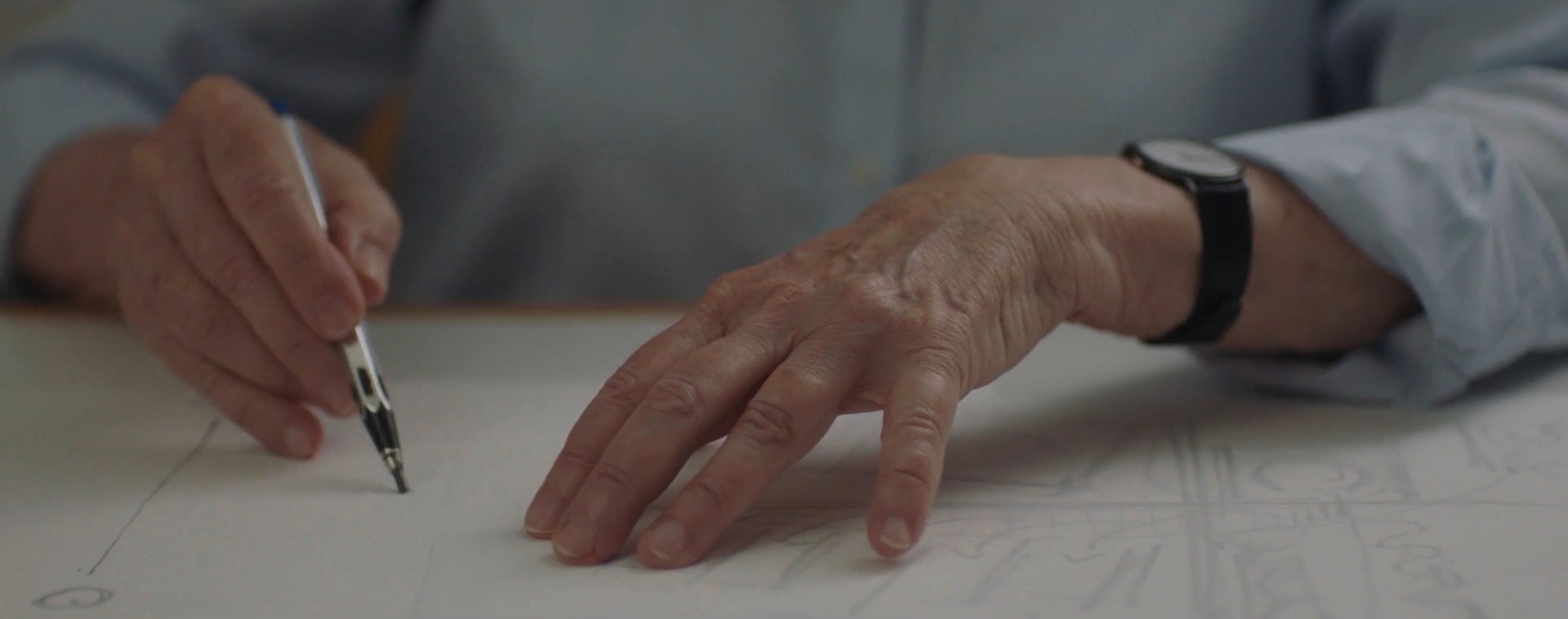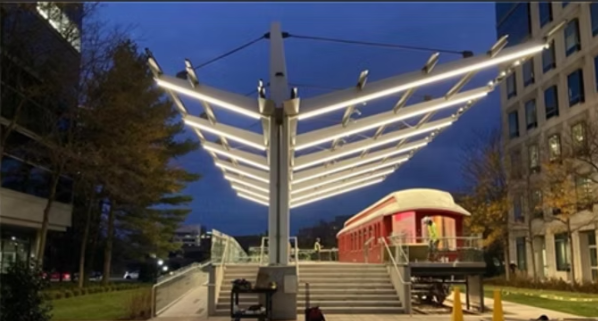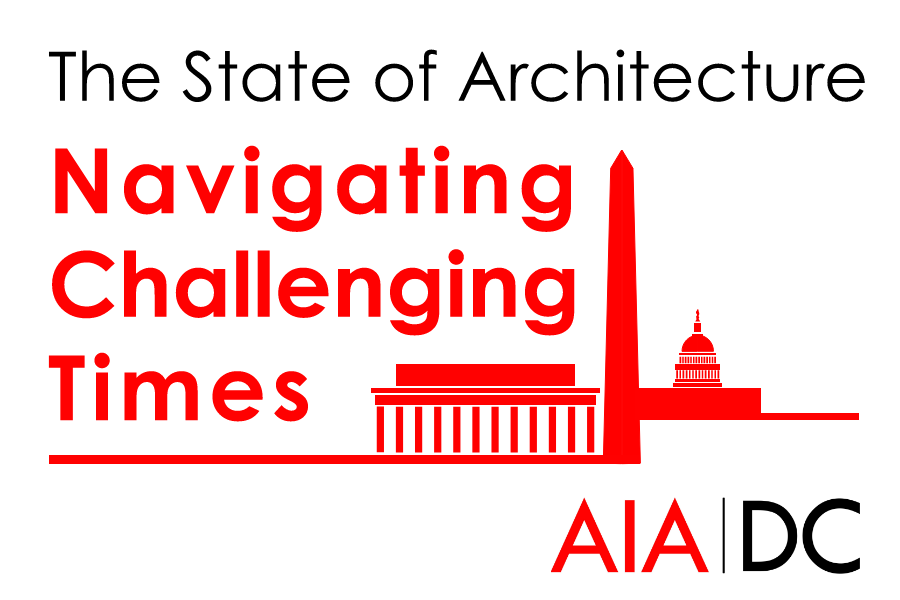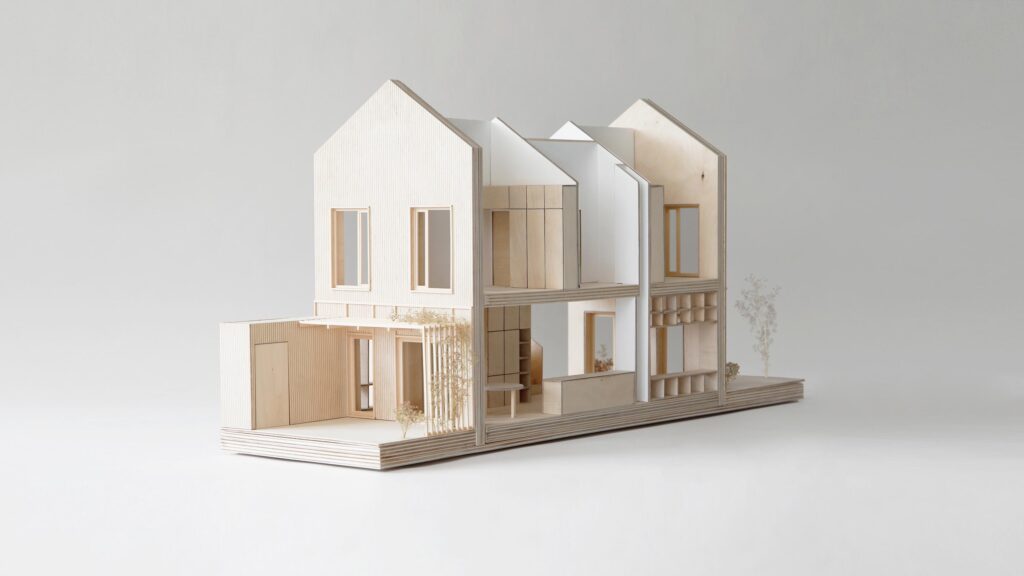Join us for our last event of the year! A combined Technical Presentation and Holiday Happy Hour!
In celebration of Bechtel’s 125th anniversary, SGH partnered with A2 Design, Inc. to install the historic WaaTeeKaa railcar as part of a commemorative exhibit located at the Bechtel HQ in Reston, Virginia. The railcar, measuring 52 feet long, 9 feet wide, and 14 feet high, features a wood-framed structure supported by its original trucks. The exhibit includes a concrete access
platform with integrated stairs and ramps, sheltered by a cantilevered steel canopy with a 3,000 sq ft glass roof.
SGH provided structural engineering and building enclosure consulting for evaluation and renovation of the existing railcar and design the new steel and PV glass canopy and concrete access platform.
Schedule:
6pm-7pm Presentation at District Architecture Center
7pm-9pm Happy Hour at Penn Quarter Sports Tavern
Presented by:
Gillian Love, P.E.
Gillian Love is a Senior Project Manager in the Washington, DC office of SGH. She received her BS in Civil Engineering from the University of Maryland, College Park and her MS in Structural Engineering from the University of California, San Diego. Gillian is a licensed Professional Engineer in DC, MD, and VA. Her over 17 years of experience in structural engineering consulting spans design of new structures, renovation and repair of existing buildings, and investigation of structural failures. She aims to provide creative and coordinated structural solutions to meet the needs of her diverse clients and project teams.
Rachel E. Shanley, P.E.
Rachel is a Senior Project Manager in the Waltham, MA office of SGH. She is a member of SGH’s Structural Design practice and is a liaison for our multidisciplinary structures-enclosure teams that tackle integrated repairs and rehabilitation of historic buildings. She works on projects involving new structural design, building renovations, condition assessments, historic preservation, and investigation of existing buildings. Her experience includes all phases of structural design and construction administration.
Christopher J. Brandmeier, P.E.
Christopher J. Brandmeier is a Senior Consulting Engineer in the Washington, DC office of SGH. He provides both structural engineering and building enclosure consulting services for a range of domestic and international projects. As a member of the Building Technology division at Simpson Gumpertz & Heger (SGH), his focus is the design and investigation of glazed enclosure systems. Christopher has broad experience in both new and rehabilitation design with various roofing and below-grade waterproofing systems.
Learning Objectives:
- Identify challenges associated with new Energy Code requirements when engaging in an adaptive reuse project.
- Recognize the importance of considering construction means and methods during the design process to provide constructable details and stay on schedule and budget.
- Evaluate factors affecting building enclosure performance when changing interior use and/or surrounding regional climate.
- Specify robust quality control mockups for unique use of conventional materials.










